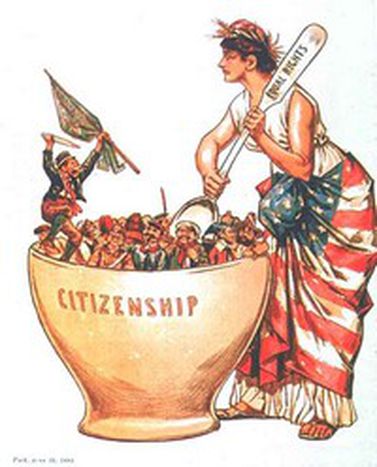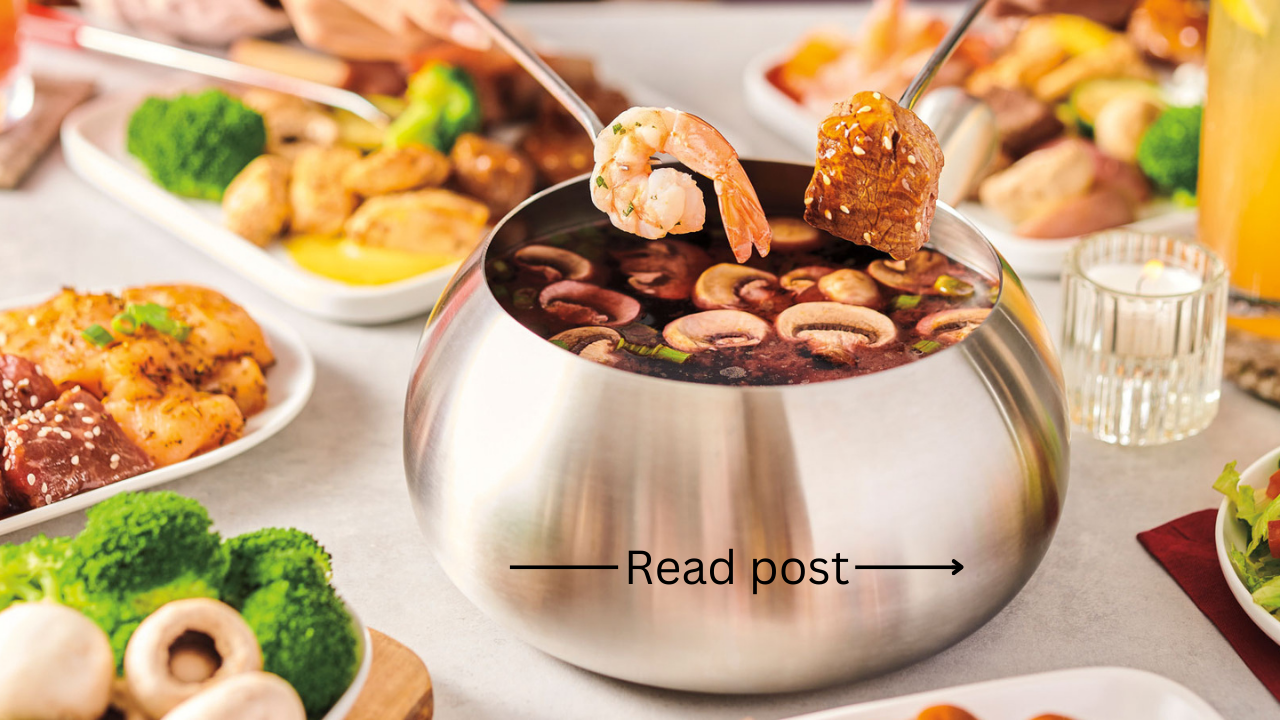In the ever-evolving human history, the concept of a “melting pot” has emerged as a powerful metaphor for societies that celebrate diversity and cultural integration. In this article, we will embark on a journey to explore the intricacies of this concept, delving into its historical roots, its impact on society, and the beautiful tapestry it weaves. Join us in unraveling the narrative of the melting pot – a fusion of cultures.
Table of Contents
- Introduction
- Understanding the Melting Pot
- Historical Origins
- Early Migrations and Cultural Exchange
- The United States: A Melting Pot Experiment
- The Cultural Blend
- Language and Communication
- Cuisine: A Tantalizing Fusion
- Art, Music, and Dance
- Creativity Beyond Boundaries
- Challenges and Criticisms
- Cultural Identity Concerns
- Preserving Heritage Amidst Integration
- Benefits of the Melting Pot
- Fostering Tolerance and Acceptance
- Economic and Intellectual Growth
- Contemporary Examples
- New York City: A Global Microcosm
- Cultural Festivals: Bridging Differences
- Education and Multiculturalism
- Teaching Tolerance in Schools
- The Melting Pot Worldwide
- Globalization and Cultural Exchange
- Cultural Sensitivity
- Navigating the Boundaries
- The Melting Pot and Identity
- Embracing Diversity While Maintaining Roots
- The Future of the Melting Pot
- Evolving Perspectives
- Conclusion
- Celebrating the Harmonious Blend
- FAQs
- What is the history of the term “melting pot”?
- How does the melting pot concept impact cultural preservation?
- Are there any downsides to the melting pot ideology?
- Can you provide examples of successful cultural integration?
- How can individuals contribute to a harmonious melting pot society?
Introduction
Understanding the Melting Pot
The term “melting pot” encapsulates the idea of a society where people from diverse cultural backgrounds come together, bringing their traditions, languages, and customs into a harmonious blend. This metaphorical pot symbolizes the amalgamation of various cultures, ultimately forming a new and enriched cultural identity. Let’s take a closer look at the historical origins and contemporary implications of this intriguing concept.

Historical Origins
Early Migrations and Cultural Exchange
The roots of the melting pot concept can be traced back to ancient civilizations. As human societies expanded and encountered one another through migrations and trade, they exchanged ideas, languages, and traditions. This cultural cross-pollination laid the foundation for the rich tapestry of cultures we see today.
The United States: A Melting Pot Experiment
The United States, often described as a melting pot, exemplifies the modern application of this concept. Waves of immigrants from Europe, Asia, Africa, and other regions arrived on American shores, bringing with them their unique cultural heritages. Over time, these diverse backgrounds blended together to form a distinctive American culture.
The Cultural Blend
Language and Communication
One of the most striking aspects of a melting pot society is its linguistic diversity. Different languages coexist, leading to a rich tapestry of communication. This linguistic fusion not only reflects cultural diversity but also facilitates cross-cultural understanding.
Cuisine: A Tantalizing Fusion
Culinary traditions play a significant role in the melting pot phenomenon. Immigrant communities introduce their traditional dishes, which often evolve and blend with local tastes. As a result, we are treated to a wide array of international cuisines within a single society.
Art, Music, and Dance
Creativity Beyond Boundaries
Artistic expressions know no boundaries in a melting pot society. Artists draw inspiration from various cultures, resulting in innovative and unique forms of art, music, and dance. This cultural cross-fertilization enriches the artistic landscape.
Challenges and Criticisms
Cultural Identity Concerns
While the melting pot celebrates cultural fusion, it can also raise concerns about the preservation of individual cultural identities. Some argue that in the pursuit of unity, unique traditions and customs may be lost or diluted.
Preserving Heritage Amidst Integration
Balancing the integration of cultures with the preservation of heritage is a delicate task. Communities must find ways to honor their roots while participating in the broader cultural landscape.
Benefits of the Melting Pot
Fostering Tolerance and Acceptance
A harmonious blend of cultures fosters tolerance and acceptance. Exposure to different perspectives and traditions helps break down stereotypes and prejudices, leading to a more inclusive society.
Economic and Intellectual Growth
Cultural diversity brings economic and intellectual benefits. It sparks innovation, encourages entrepreneurship, and expands global perspectives, driving growth and progress.

Contemporary Examples
New York City: A Global Microcosm
New York City epitomizes the melting pot concept on a grand scale. With its diverse population hailing from every corner of the world, it serves as a global microcosm where cultures converge, coexist, and thrive.
Cultural Festivals: Bridging Differences
Cultural festivals provide a platform for communities to share their traditions and celebrate their heritage. These events bridge differences and promote intercultural understanding.
Education and Multiculturalism
Teaching Tolerance in Schools
Education plays a pivotal role in shaping the attitudes of future generations. Many educational institutions emphasize multiculturalism, teaching students to appreciate and respect diverse cultures.
The Melting Pot Worldwide
Globalization and Cultural Exchange
In an increasingly interconnected world, globalization facilitates cultural exchange. People around the globe have access to diverse cultural influences, enriching their lives and perspectives.
Cultural Sensitivity
Navigating the Boundaries
As we celebrate the melting pot’s beauty, it’s crucial to navigate its boundaries with cultural sensitivity. Respecting individual identities and traditions ensures that the fusion remains harmonious.
The Melting Pot and Identity
Embracing Diversity While Maintaining Roots
Individuals in a melting pot society often grapple with questions of identity. They must strike a balance between embracing diversity and maintaining their cultural roots.
The Future of the Melting Pot
Evolving Perspectives
As societies continue to evolve, so do perspectives on the melting pot. Its meaning and implications will undoubtedly continue to shift in response to changing demographics and cultural dynamics.
Conclusion
Celebrating the Harmonious Blend
In conclusion, the concept of the melting pot represents a celebration of diversity, a fusion of cultures that enriches societies worldwide. While challenges exist, the benefits of a harmonious blend far outweigh the drawbacks. As we move forward, let us embrace the beauty of cultural fusion and continue to weave the intricate tapestry of the melting pot.
FAQs
What is the history of the term “melting pot”?
- The term “melting pot” has its origins in the United States in the early 20th century. It was popularized by Israel Zangwill in his
- dramatic play titled “The Melting Pot,” which premiered in 1908. Zangwill used the term to symbolize the idea of a diverse society where immigrants from various backgrounds come together to create a unified culture.
- How does the melting pot concept impact cultural preservation?
- The melting pot concept can sometimes raise concerns about the preservation of individual cultural identities. As cultures blend, there is a risk of unique traditions and customs being diluted or lost. However, many argue that cultural preservation is possible alongside cultural integration, emphasizing the importance of valuing and passing down heritage.
- Are there any downsides to the melting pot ideology?
- While the melting pot celebrates cultural fusion, it can also lead to challenges such as the loss of cultural diversity, potential cultural homogenization, and identity conflicts. It’s important to strike a balance between integration and preserving cultural identities.
- Can you provide examples of successful cultural integration?
- New York City is often cited as a prime example of successful cultural integration, with its diverse population coexisting and contributing to the city’s vibrant culture. Additionally, cultural festivals, such as Diwali celebrations in the United States, showcase how communities maintain their traditions while participating in the broader cultural landscape.
- How can individuals contribute to a harmonious melting pot society?
- Individuals can contribute by being open-minded, respecting diversity, and actively engaging in cultural exchange. Learning about different cultures, participating in community events, and promoting tolerance and acceptance are ways to foster a harmonious melting pot society.
